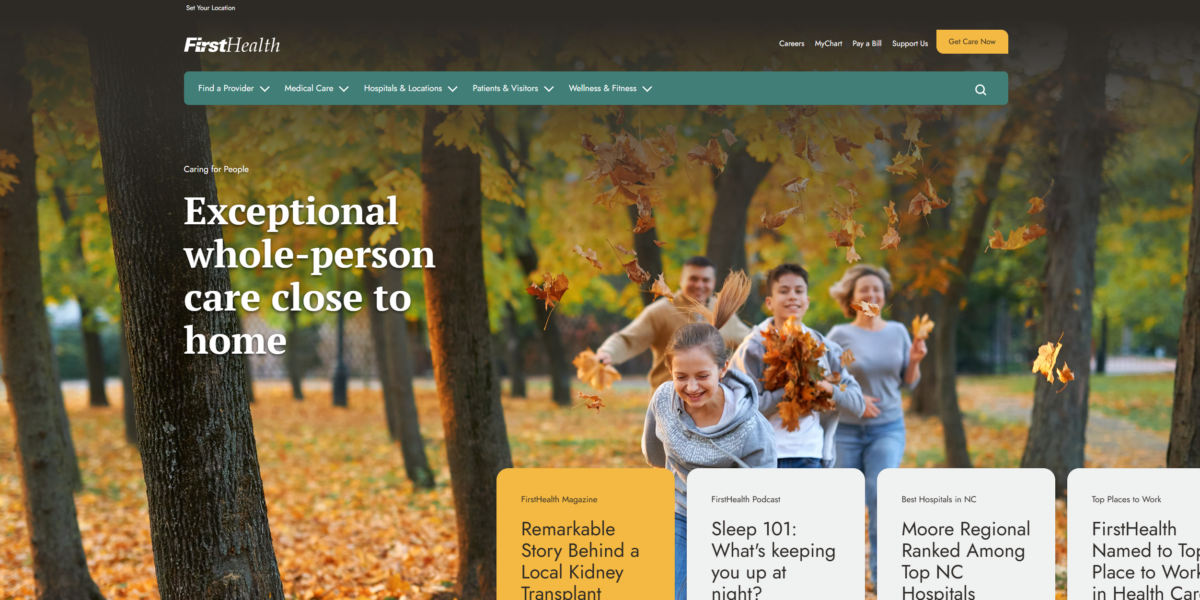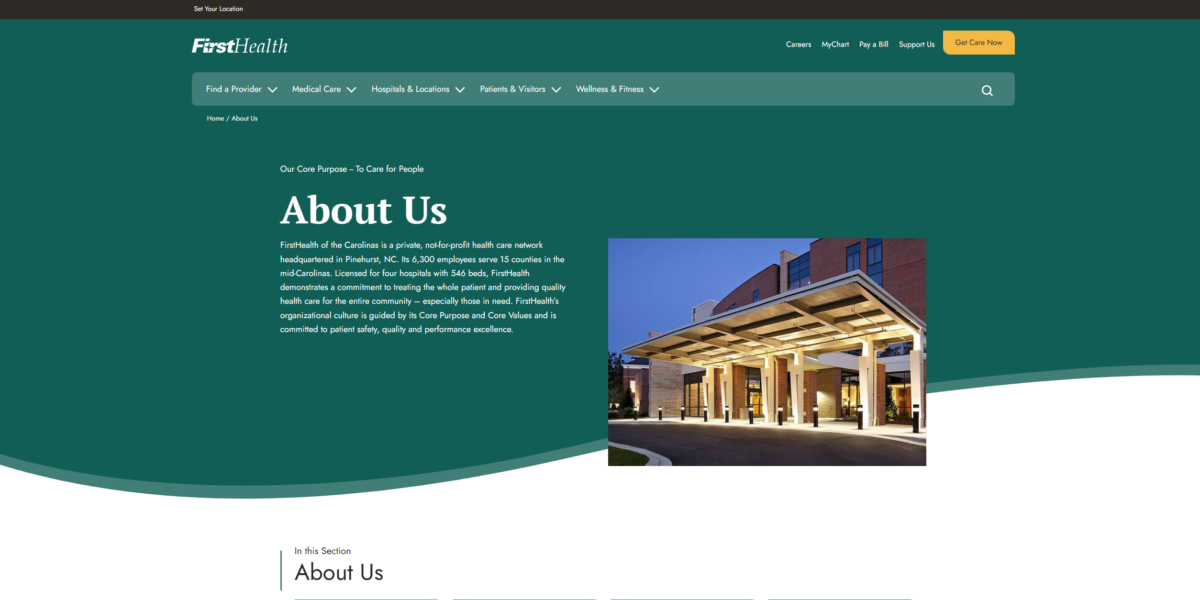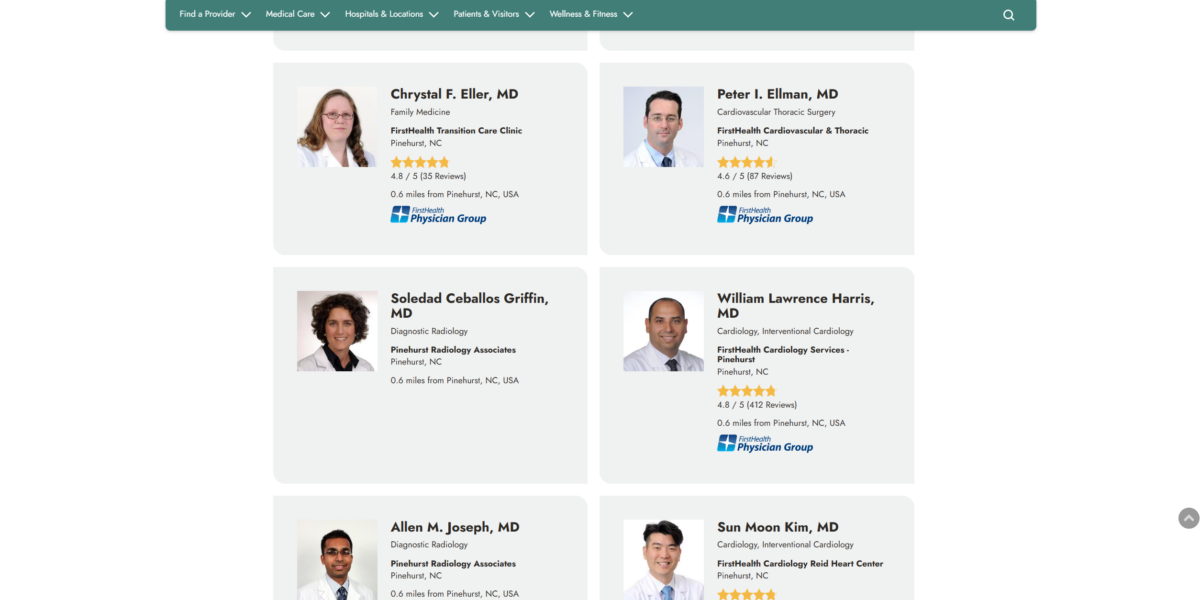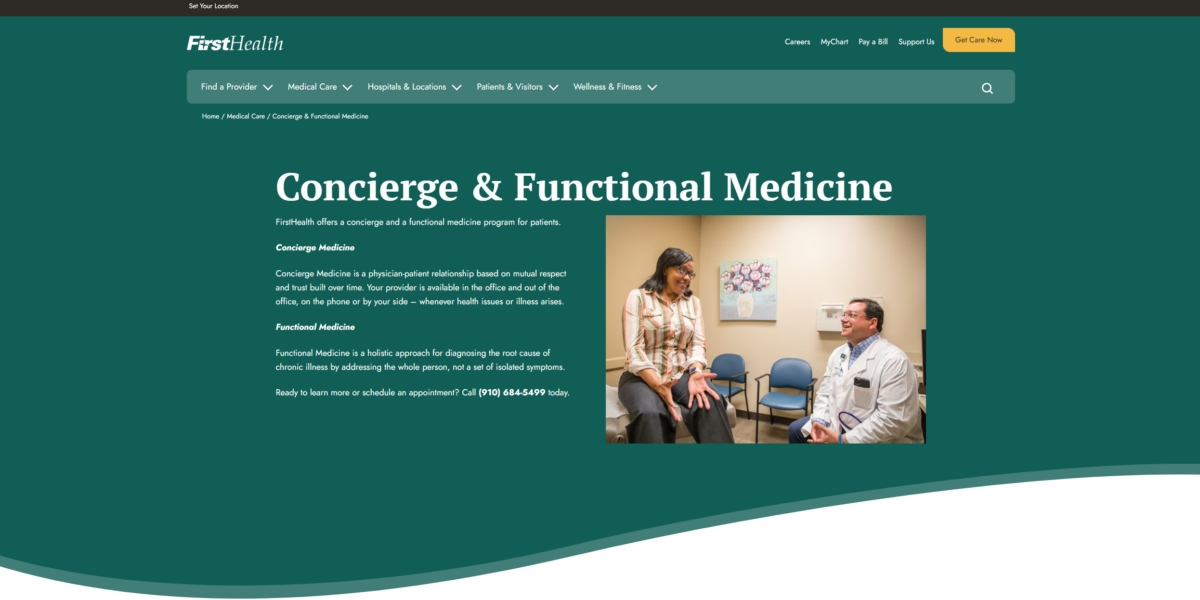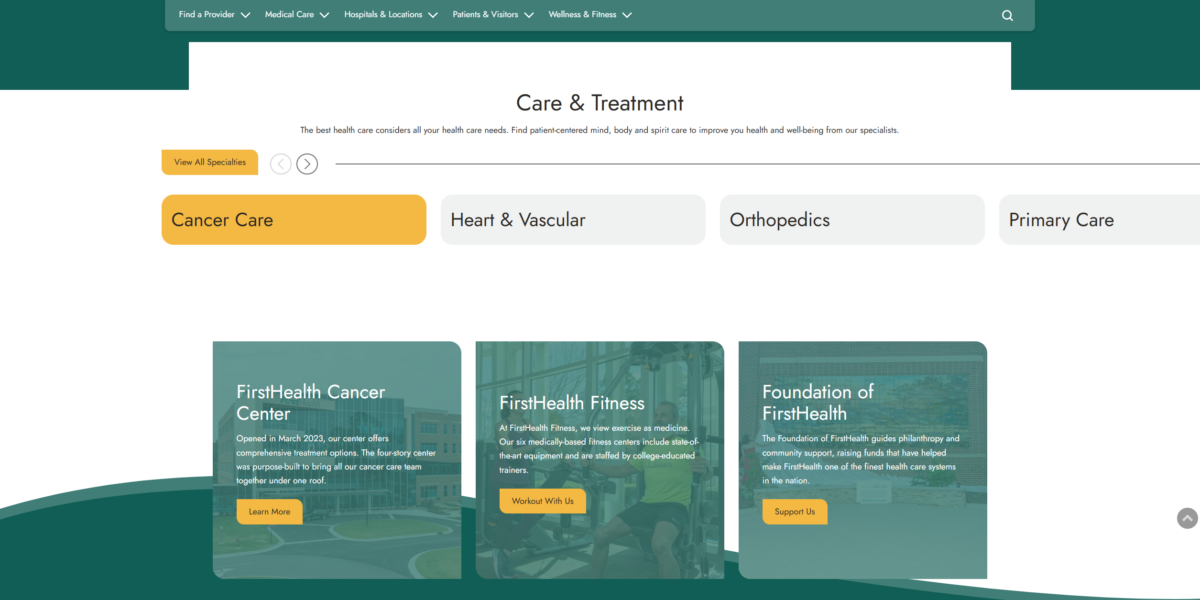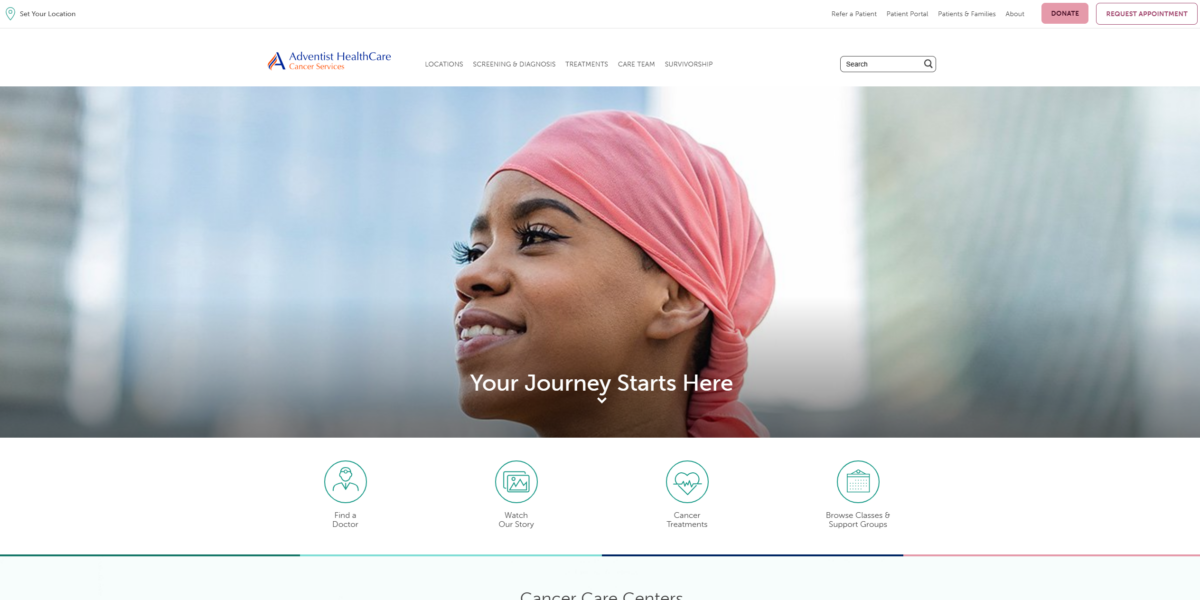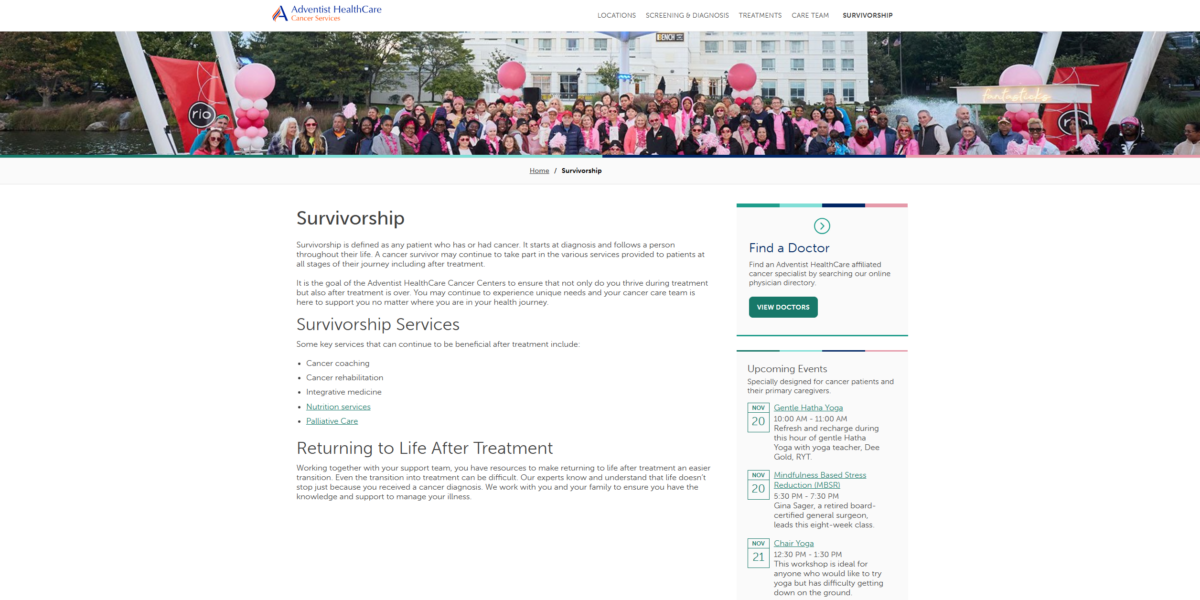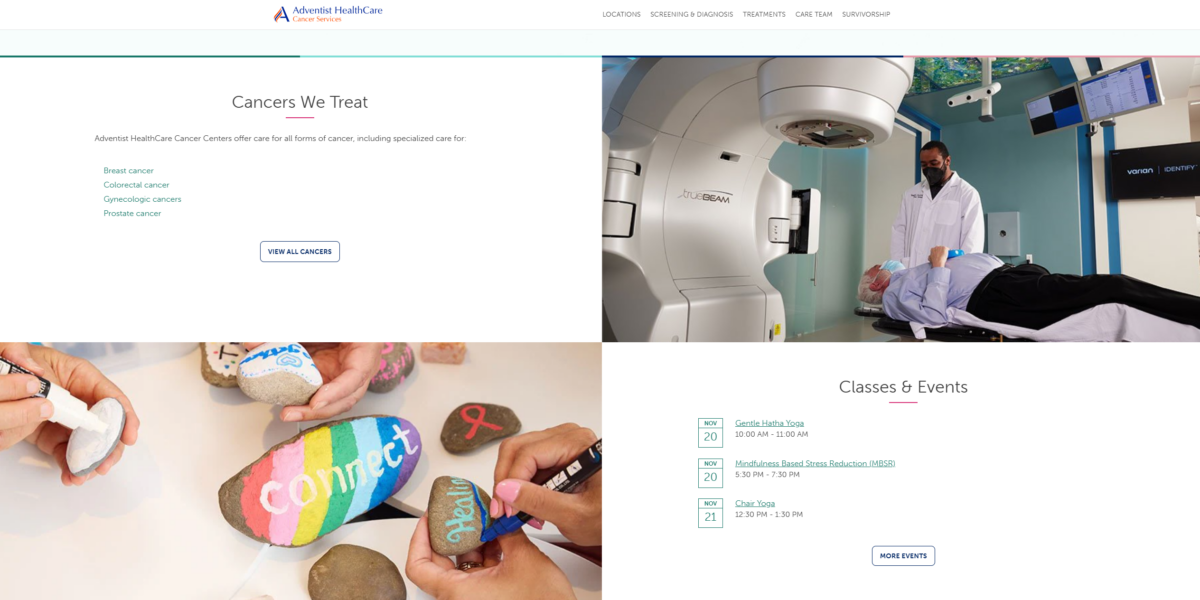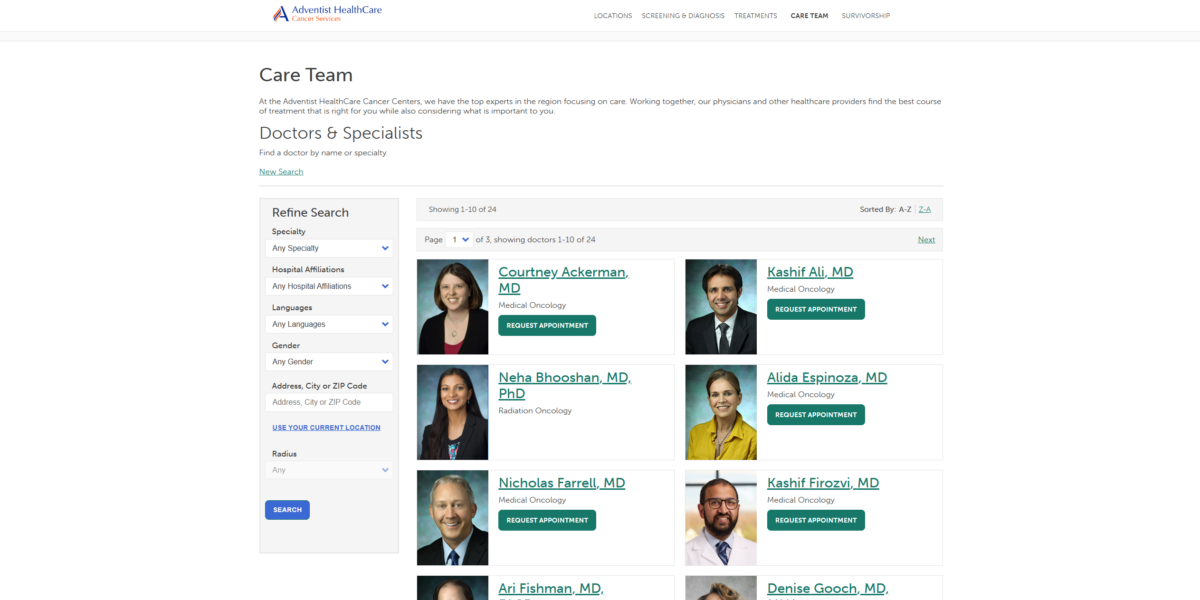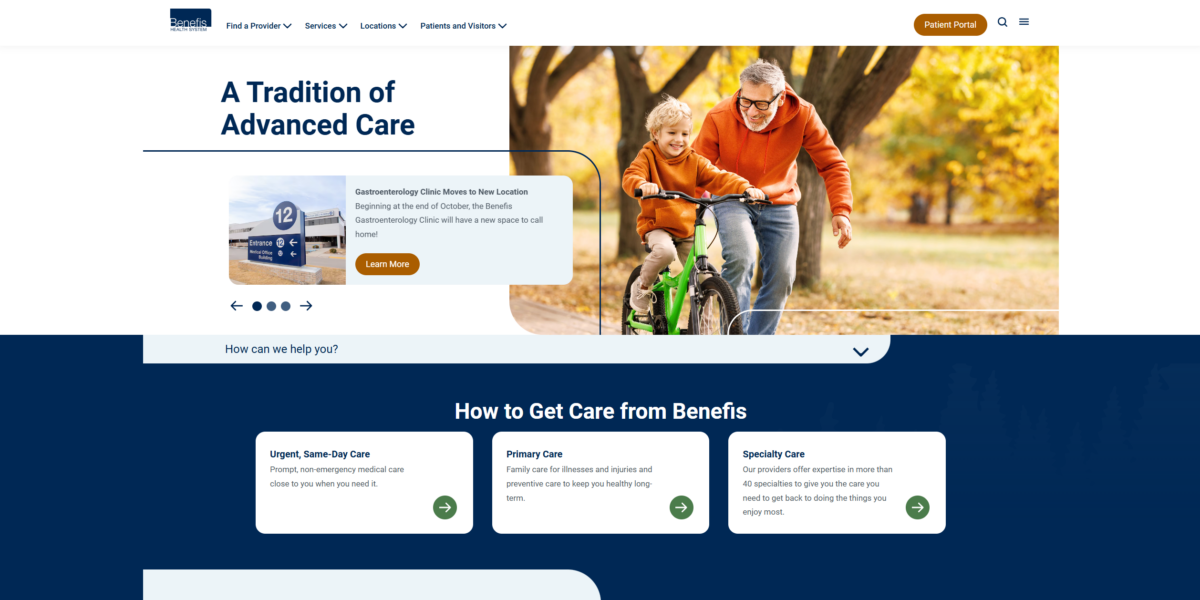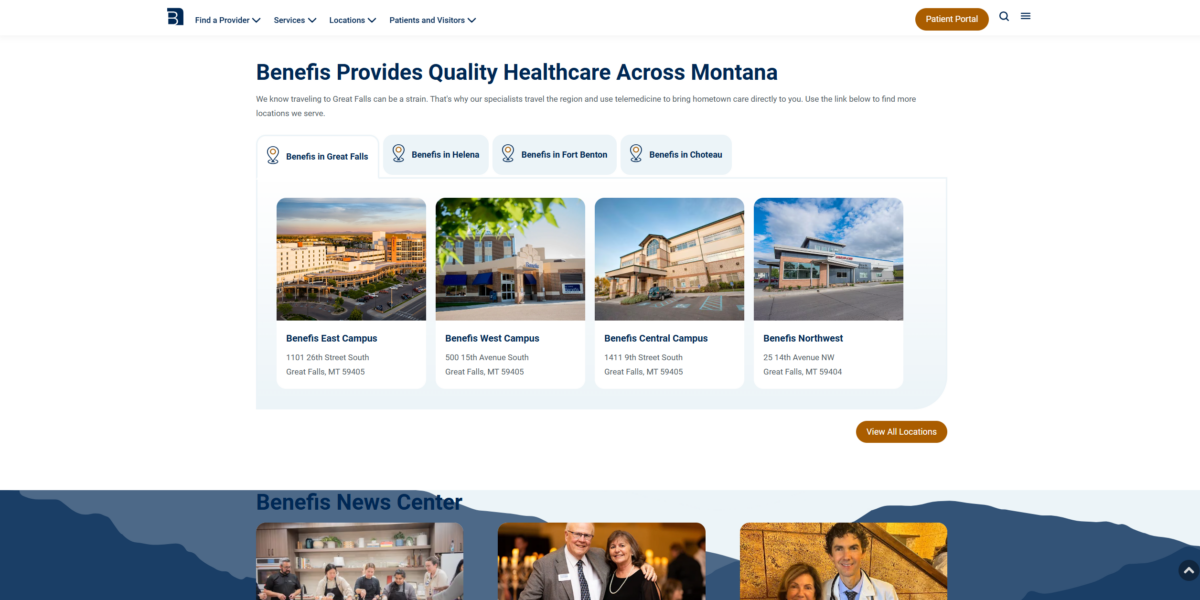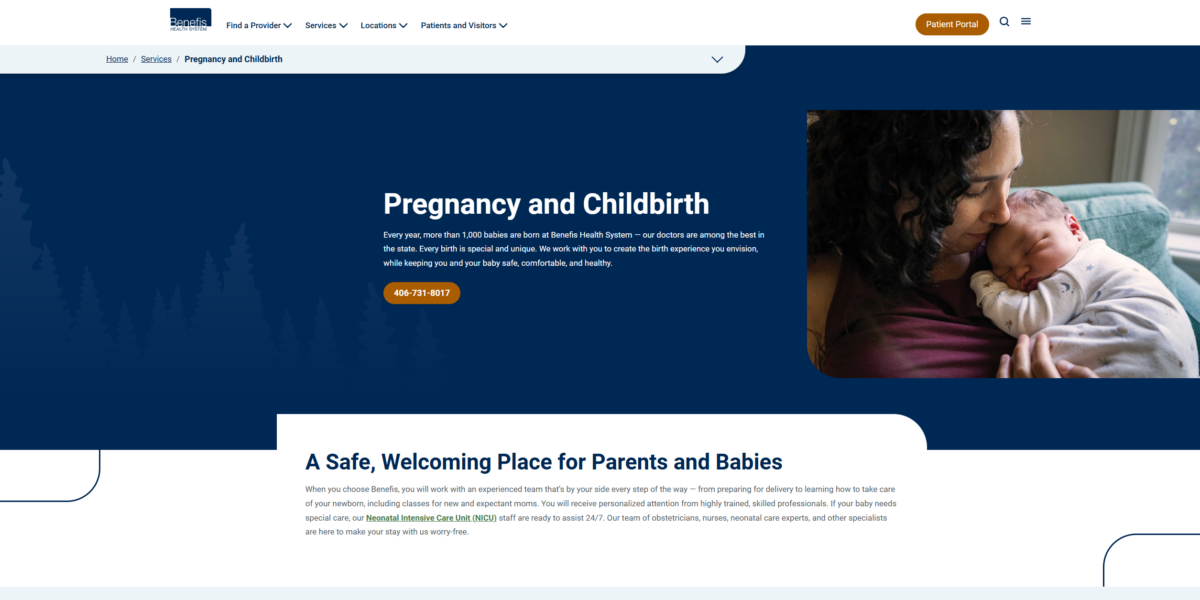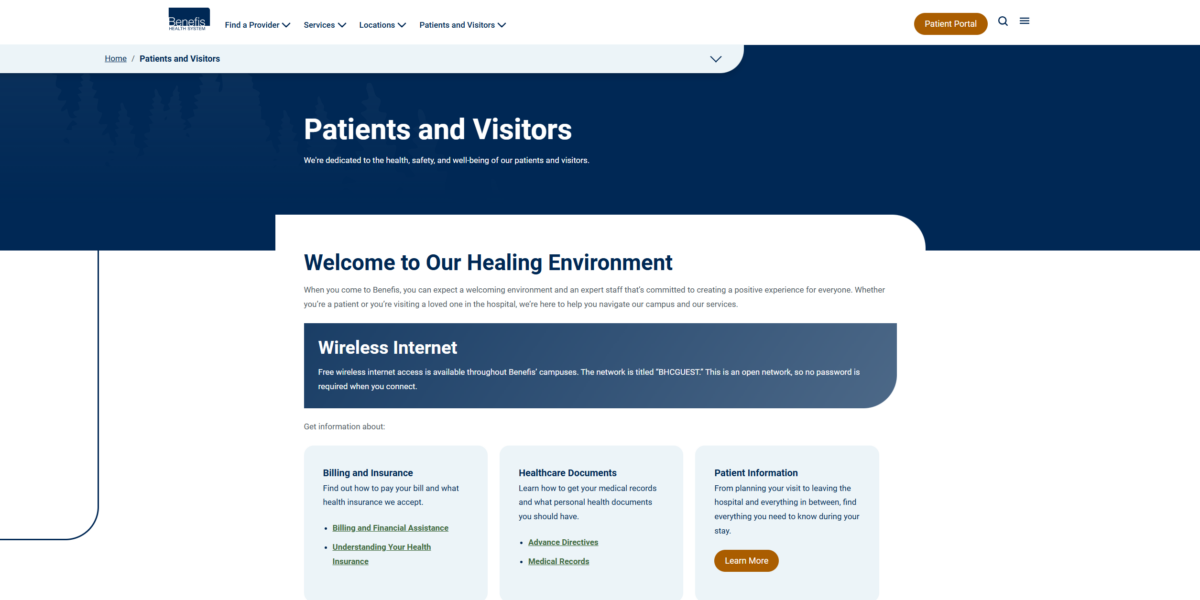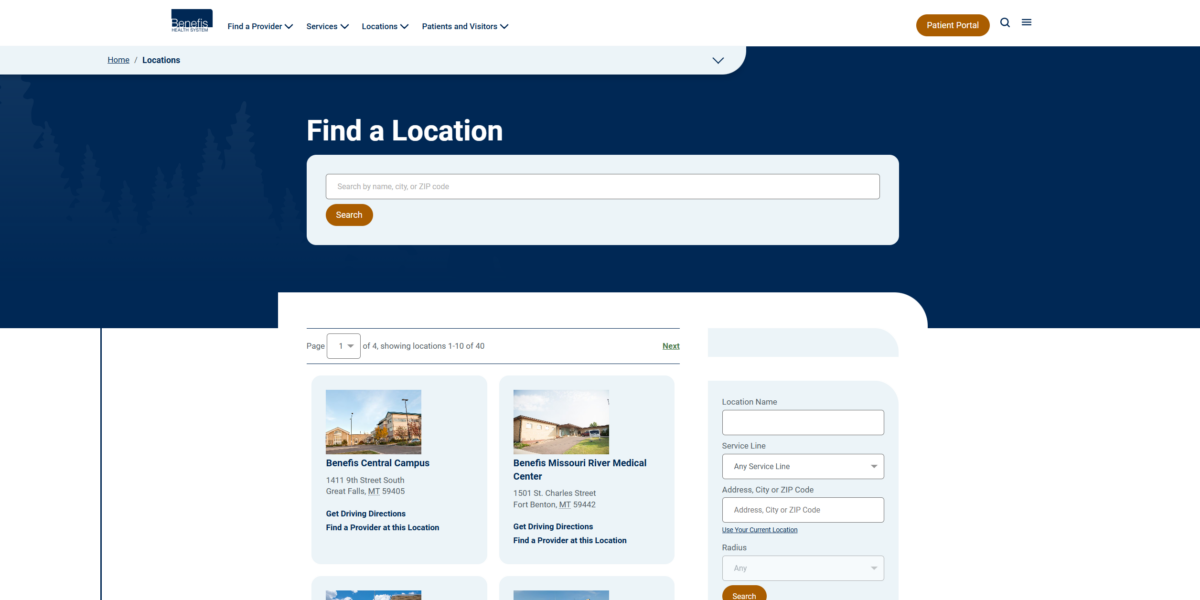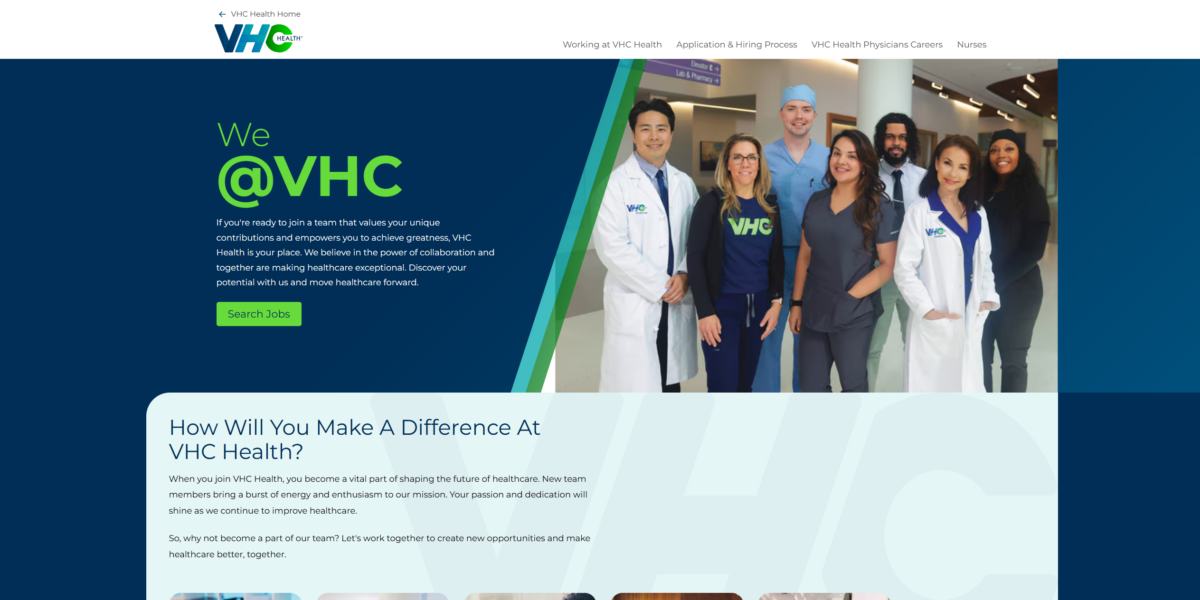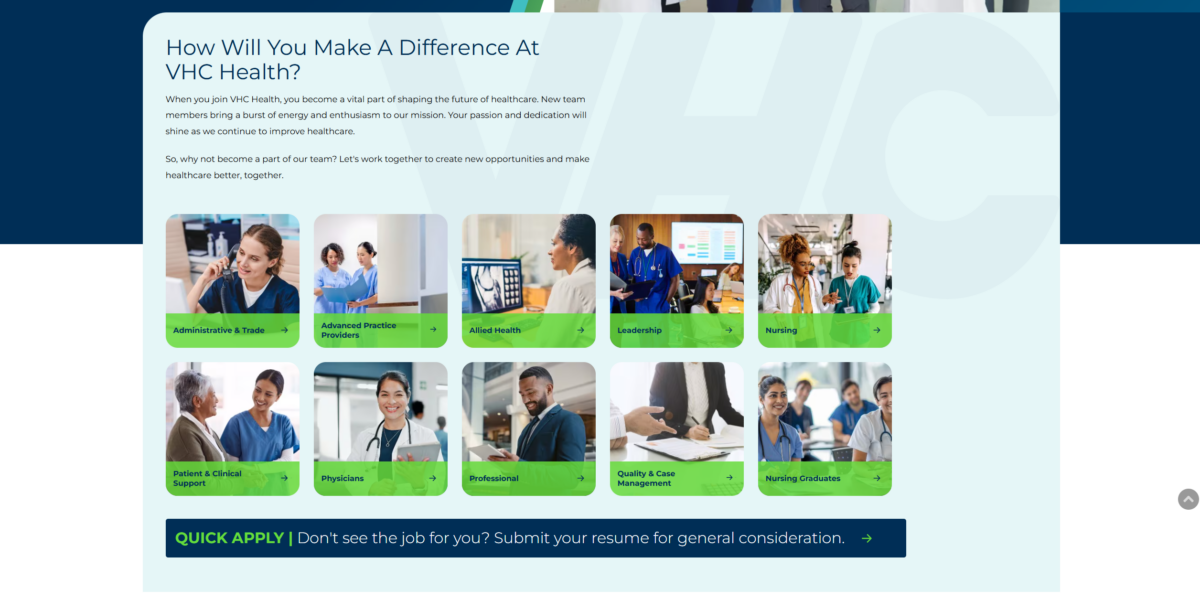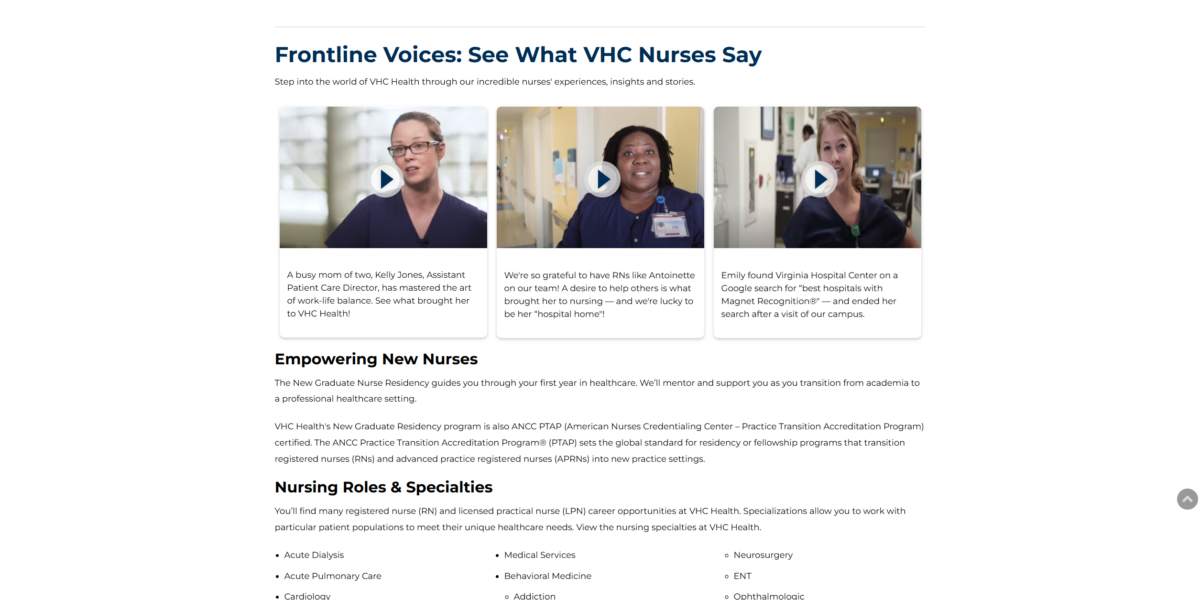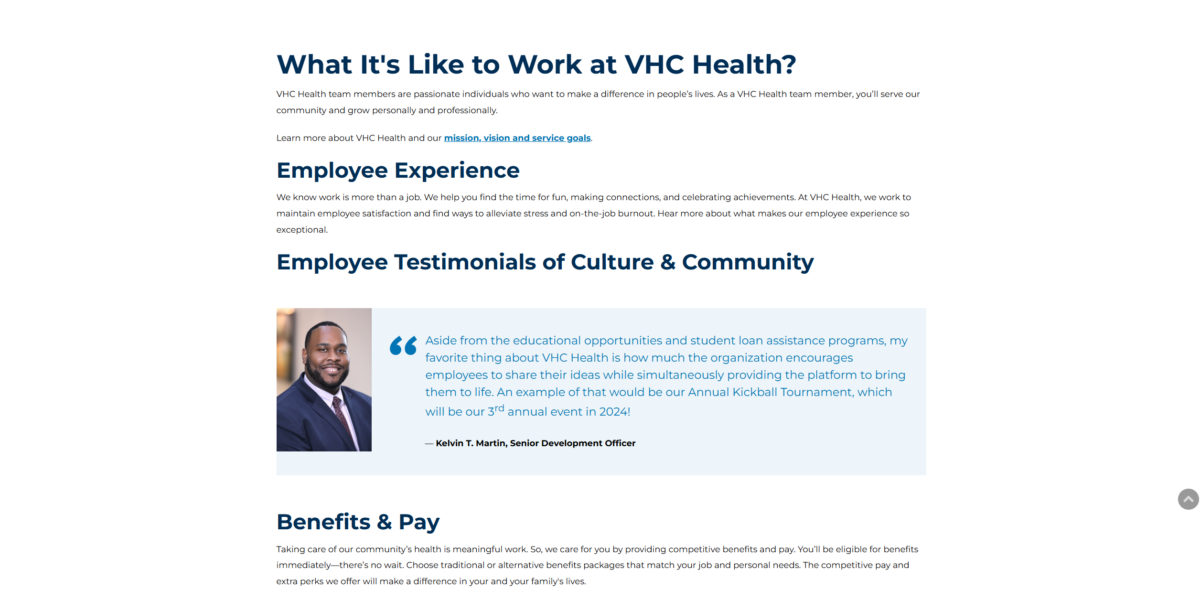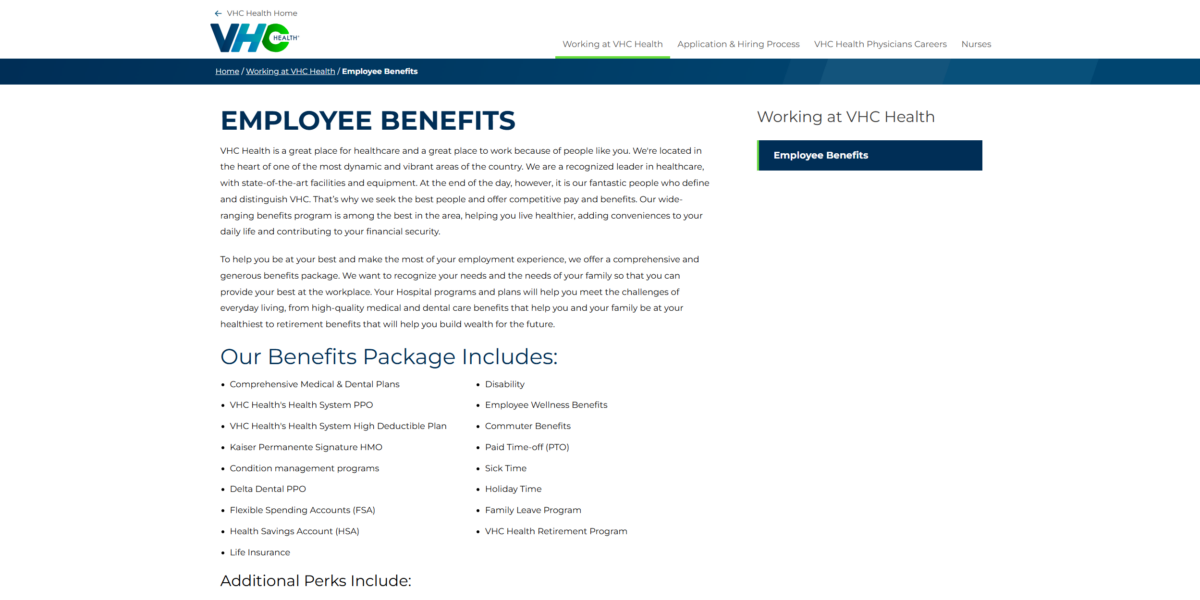Healthcare marketers know that tying content to timely events is a powerful way to connect with audiences and increase engagement. Health holidays and awareness weeks provide an excellent opportunity to educate, inspire, and build trust with your audience through email marketing, social media posts, and blog or content hub articles.
As we head into 2025, here are just a few of the many health holidays or observances in the United States that you may want to include in your healthcare content marketing calendar for the new year:
January:
National Fiber Focus Month
The new year often brings with it more people resolving to improve their nutrition. Enter National Fiber Focus Month, which was created to share the health benefits of fiber and the different ways people can incorporate it into their diets.
Healthcare content marketing ideas:
- Share fiber-rich recipes on social media.
- Post a blog discussing the benefits of fiber, and how to get more of it.
- Post a Q&A with a provider or registered dietician at your organization talking about the importance of fiber and how it can impact patients’ health.
February:
National Patient Recognition Week — February 1-7
Patient Recognition Week is all about honoring patients and promoting an organizational culture that emphasizes patient satisfaction.
Healthcare content marketing ideas:
- Highlight patient success stories on your content hub.
- Create personalized thank-you messages for an email campaign.
- Schedule social media posts throughout the week that show how your organization supports patients throughout their care journey.
American Heart Month
American Heart Month was created to raise awareness of heart disease in the United States and motivate people to adopt healthy lifestyles in an effort to prevent heart disease.
Healthcare content marketing ideas:
- Share heart-healthy recipes on your blog or content hub.
- Promote fitness challenges on social media.
- Create profiles of patients with heart conditions who are managing their health with the help of your organization.
National Cancer Prevention Month
February also marks National Cancer Prevention Month, which focuses on helping people reduce their risk of cancer through education on prevention and early detection.
Healthcare content marketing ideas:
- Publish an article on cancer screening guidelines.
- Share your appointment scheduling page to encourage people to schedule their next cancer screening.
- Post a Q&A with a member of your organization’s oncology team.
March:
National Nutrition Month
March is recognized as National Nutrition Month to highlight the importance of establishing healthy eating habits and making informed choices when it comes to the food we eat. The 2025 theme is “Food Connects Us” to showcase how food connects us to our family, friends, and culture.
Healthcare content marketing ideas:
- Work with a member of your organization’s dietary team to create short videos about making healthy food choices you can post to social media throughout the month.
- Use your content hub to share recipes and tips on how people can improve their nutrition.
- Put a “nutrition tip of the day” on your homepage or social media accounts each day of March.
National Sleep Awareness Week — March 9 – 15
National Sleep Awareness Week is held each year to emphasize the connection between the quality of our sleep and our health and well-being.
Healthcare content marketing ideas:
- Publish a tip each day of the week to your social media channels on how people can improve their sleep.
- Use your content hub to post articles about the connection between sleep and health conditions.
- Encourage patients to schedule an appointment with their primary care provider if they believe they’re having issues with their sleep that could impact their health.
April:
National Stress Awareness Month
April is recognized as National Stress Awareness Month to help inform people about the negative impact stress can have on their health.
Healthcare content marketing ideas:
- Post daily or weekly tips on how people can manage their stress and anxiety on your social media accounts.
- Publish an article on your blog or content hub highlighting healthy stress management strategies.
- Host a series of free yoga classes to help patients learn how they can reduce stress through physical activity.
National Public Health Week — April 7 – 13
National Public Health Week is held each year to celebrate the public health contributions and the importance of public health in addressing key health issues in our communities.
Healthcare content marketing ideas:
- Share infographics on social media that focus on important public health topics like emergency preparedness, mental health, accessibility, and nutrition.
- Publish a profile of a public health leader or changemaker in your community.
- Use your blog to post news articles about the most pressing public health issues in your community and what people can do to help.
Patient Experience Week — April 28 – May 2
Patient Experience Week celebrates the healthcare workers who impact the patient experience every day.
Healthcare content marketing ideas:
- Create a series of social media posts sharing what individual employees like most about working with patients.
- Highlight a long-time employee and their commitment to the patient experience in a blog post.
- Send an email campaign that focuses on unique things your organization does to ensure a stellar patient experience.
May:
Mental Health Awareness Month
Mental Health Awareness Month has been held since 1949 to eliminate the stigma around mental health while fostering public education and advocacy.
Healthcare content marketing ideas:
- Publish blog posts about the ways people in different age demographics (children, teens, adults, older adults) can care for their mental well-being.
- Post facts about mental health on your social media channels throughout May.
- Highlight your organization’s mental health providers and the vital work they do for your community.
National Women’s Health Month
May marks National Women’s Health Month, also known as Women’s Health Awareness Month. This observance serves as a reminder for women to prioritize their health and stay educated on the most common health risks.
Healthcare content marketing ideas:
- Send a series of emails to female patients reminding them of essential health checks they should schedule throughout the year.
- Post infographics featuring women’s health tips to your social media.
- Create a blog series for your content hub about different women’s health topics like fitness, heart health, maternal health, and more.
National Hospital Week — May 11 – 17
National Hospital Week is an opportunity to highlight health systems, hospitals, and the providers who keep them running smoothly.
Healthcare content marketing ideas:
- Create a video tour of your hospital(s) to help familiarize patients with the space.
- Profile hospital staff on your blog and social media throughout the week.
- Promote community events held at the hospital.
June:
Men’s Health Month
June marks Men’s Health Month, which was created to raise awareness of health issues impacting men and the importance of preventative care.
Healthcare content marketing ideas:
- Launch an email campaign reminding male patients to schedule necessary health checks.
- Create social media infographics that share crucial men’s health stats or tips.
- Write a blog series for your content hub about men’s health topics, including mental health, cardiovascular health, and cancers.
July:
UV Safety Month
Held every July when people are most likely to be out having fun in the sun, UV Safety Month was created to raise awareness of the dangers of ultraviolet (UV) radiation and skin cancer risks.
Healthcare content marketing ideas:
- Share sun protection tips on social media throughout the month.
- Publish a blog post on crucial facts about skin cancer.
- Promote your dermatology service line and encourage patients with skin concerns to schedule an appointment.
August:
National Health Center Week — August 3 – 9
National Health Center Week celebrates and recognizes the essential work of health centers across the country.
Healthcare content marketing ideas:
- Highlight different health centers in your system and the services they provide.
- Promote events at your health centers.
- Share testimonials of patients who have received treatment at your health centers.
September:
Healthy Aging Month
September is all about recognizing the ways people can stay healthy as they age, from eating a nutritious diet to prioritizing physical activity.
Healthcare content marketing ideas:
- Falls Prevention Awareness Week also takes place in September, so consider creating a blog post with tips and exercises older adults can use to try to reduce their fall risk.
- Create a series of social media infographics or posts with health tips for older adults.
- Launch an email campaign to older patients with tips for healthy aging and reminders about health checks recommended for patients their age.
October:
National Primary Care Week — October 5 – 11
National Primary Care Week is an annual event highlighting primary care’s vital role in healthcare.
Healthcare content marketing ideas:
- Create a series of staff profiles or videos introducing your organization’s primary care providers.
- Share social media posts promoting primary care visits.
- Send an email campaign reminding patients of the importance of primary care services, and the location where they can receive them.
November:
American Diabetes Month
November marks American Diabetes Month, a time to raise awareness and rally support for diabetes prevention, care, and research.
Healthcare content marketing ideas:
- Share success stories of patients who have received diabetes treatment at your organization.
- Promote healthy lifestyle tips and other diabetes prevention information through your social media channels.
- Feature diabetes management resources on your service line page.
December:
National Handwashing Awareness Week — December 1 – 7
Wrap up the year by recognizing National Handwashing Awareness Week, which takes on a particular importance during cold and flu season.
Healthcare content marketing ideas:
- Post handwashing tips and reminders in facility bathrooms.
- Share social media posts that include stats about handwashing — and what can happen when people don’t wash their hands.
- Create a blog post about the importance of handwashing this time of year.
Incorporating these holidays into your 2025 content marketing plan can position your organization as a leader in healthcare and strengthen your connection with your audience. Mark your calendar and start planning impactful campaigns today!
Need some more healthcare content marketing inspiration? Keep reading the Geonetric blog, or reach out to our team today to learn how we can take your content marketing to the next level in 2025 and beyond!







